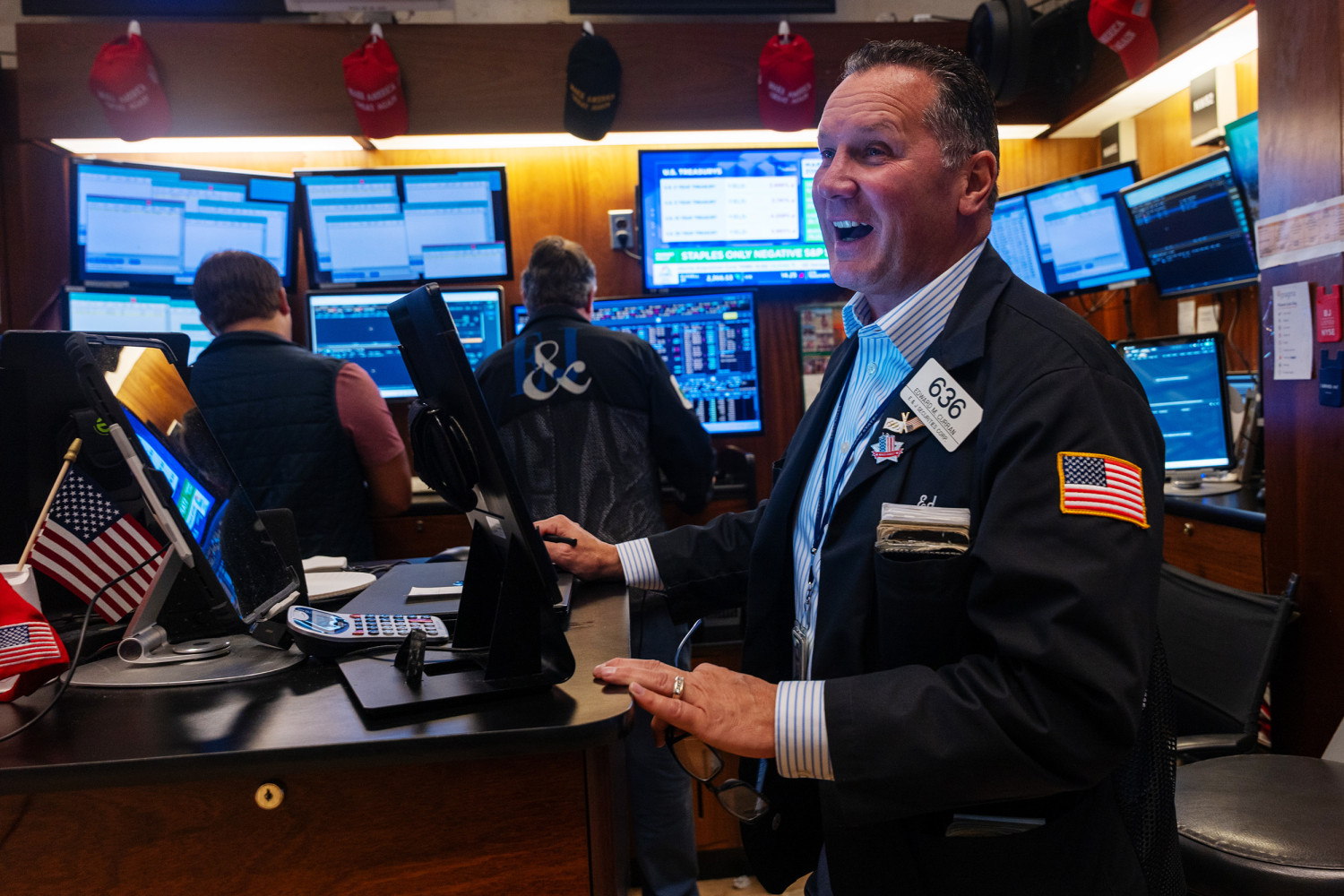In the United States, wholesale prices experienced a notable rise in July, a trend that experts largely connect to the impact of recent tariffs. The increase in production costs, as indicated by the Producer Price Index (PPI), has sparked concerns that these added costs may ultimately be transferred to consumers. The figures, which caught many economists off guard, imply that the broader economic implications of the latest trade measures are beginning to be more evident, potentially leading to an inflation-prone atmosphere.
The official report from the Department of Labor highlighted a substantial jump in the PPI, indicating that businesses are paying more for the goods and services they use to create their own products. This index serves as a key indicator of inflationary pressure before it reaches the consumer level. The increase was widespread, affecting everything from raw materials to finished goods and various services. The data was a clear sign that the cost of doing business in the U.S. is rising, a direct consequence of the new tariffs on imported goods.
One main reason behind the rise in prices is the introduction of new import duties, leading to increased costs for American companies purchasing foreign products. These duties serve as a direct levy on importers, who need to choose whether to bear the costs themselves or transfer them to their clients. Currently, numerous businesses have been covering part of the expenses, but as wholesale prices keep rising, this approach is proving to be less viable. It is anticipated that consumers will soon experience the impact as firms modify their prices to sustain their profit margins.
The increase in wholesale prices is a complex issue, with various sectors being affected differently. For example, industries that rely heavily on imported materials, such as manufacturing and technology, are seeing their costs rise dramatically. Conversely, other sectors that are less dependent on foreign goods may be experiencing more modest increases. This uneven impact creates a challenging economic landscape, as some businesses are forced to raise prices while others can hold the line, leading to a distortion in the market.
While the rise in wholesale prices is a strong signal of inflation, its effect on consumer prices is still a matter of debate among economists. Some argue that businesses will be forced to raise their prices to compensate for the higher costs, leading to a general increase in the Consumer Price Index (CPI). Others believe that competitive pressures and a desire to maintain market share will keep companies from raising prices too quickly. However, the sheer size of the wholesale price increase in July suggests that a significant consumer price hike is likely unavoidable in the coming months.
The Federal Reserve is keeping a close eye on this situation, as the information might impact upcoming monetary policy choices. A persistent rise in inflation would press the Fed to think about increasing interest rates to slow the economy. This would be a challenging choice, as it could also endanger economic growth. The July wholesale price figures have therefore added more complexity to the Fed’s careful balancing, reducing the likelihood of an interest rate reduction soon.
The broader implications of these rising wholesale prices are far-reaching. They could affect everything from consumer spending habits to the profitability of businesses and the overall health of the U.S. economy. For businesses, it means navigating a more challenging environment with higher costs and potential supply chain disruptions.
For shoppers, it signifies the likelihood of spending extra on daily essentials, such as food and electronics, as the consequences of the tariffs trickle down to the store shelves. The report from July serves as an obvious alert that the repercussions of the updated trade strategies are now a significant and immediate issue for all participants in the U.S. economy.







